=========
=========
Promoted from the diaries by streiff. Promotion does not imply endorsement.
=========
=========
This weekend, President Trump took to Twitter to announce substantial tariff hikes on Chinese goods, a response to languishing trade talks, and an apparent attempt to bring China back to the table. The tweet is captured below. The short of it is that the current 10% tariff on roughly $200 billion of Chinese goods will increase to 25% this Friday. The president also teases that $325 billion of currently untariffed goods will also be going to 25%. In response, US equity markets have fallen about 1% in trading today, but are still up a whopping 16% year-to-date, which is good by any measure. The announcement also follows a major gain on Friday, when the jobs and wages report showed the picture of a robust and burgeoning economy.

As we all know, trade is one of President Trump’s signature issues, and in my opinion, is the entire reason he decided to run for office. He’s been talking about it since the 80’s when free trade really took off in the US. I believe that trade policy is the impetus for the slogan “Make America Great Again”, the implication being that America was great when we were a high-powered manufacturing nation, when a man could make a good living and support a family in a blue collar or middle management job, making products for export. That way of life has taken a major beating since the passage of NAFTA and other free trade agreements. 30 years later, the most attractive career options for our young people are either scraping by as a Starbucks barista, programming of some kind, or getting 3 Masters’ degrees at 40K a pop with the end goal of becoming a government bureaucrat.
Many politicians, including the recent presidents Clinton and Obama, have been promising to address the trade imbalance and make “free trade” be “fair trade”. With these empty promises, they garnered enough of the blue collar, union, and midwestern vote to constitute an electoral victory. Meanwhile, Republicans and Democrat politicians alike pranced down the free-trade yellow brick road, with more NAFTA-style agreements, while American manufacturing dwindled and withered. Barack Obama famously said that those jobs were “not coming back”.
Then, in 2016, Donald Trump ran for president, and made trade a major part of his campaign. He promised to bring back jobs and rebuild American manufacturing. Tariffs were a big part of that platform, to the great consternation of many a free-trader. Since his election, Trump has used strategically placed tariffs as the stick part of a “carrot and stick” strategy to renegotiate trade deals with the world’s major powers. His administration has reached agreements with Europe, Canada, and Mexico, which now await senate ratification. And with those completed, his administration turned its attention to the world’s second-largest economy and America’s largest trading partner – China.
As we all know, China is a malign actor. They subsidize and control their domestic businesses enormously, which harms foreign competitors; they steal technology, while applying tariffs to other nations’ goods. It appeared that China was coming around earlier this year, which is why Trump postponed tariffs that were due to take effect in early March. Now, 2 months later, it appears that that good-faith delay has not been reciprocated by China, which is why Trump has decided to enact them after all.
Here on the domestic side, there is some gnashing of teeth from free traders that the tariffs will cost Americans money and business, which is of course true. The question is whether the loss will be more than made up in the long-term by the protection of American manufacturing. Only time can tell that, but to this point, after 2.5 years of Trumponomics, no one can yet gainsay it. It’s been a resounding success for America and the American people.
It is also worth noting that despite recent history, protection of American business through tariffs is very much Republican orthodoxy, going back to Abe Lincoln, William McKinley, and their Whig and Federalist predecessors, Clay and Hamilton. In their time, the US was a net importer, and the flooding of the market with cheap foreign goods would have crippled our domestic industries and left us reliant on foreign production. In the late 19th century, as US industry expanded and the country became a net exporter, the Republicans joined the Democrats as a free trade party in order to get reciprocal agreements from trade partners. It was best for business. But now, we are once again a net importer, and again are at risk of reliance on foreign goods. Re-enter the tariff.
From a numbers standpoint, there is no question that the US can win this trade war with any decent amount of resolve and patience. In 2017, the US had a GDP of $19.4 trillion, and exported $130 billion of goods to China, or 0.67% of our GDP. In 2017, China had a GDP of $12.2 trillion, and exported $505 billion of goods to the US, or 4.1% of their GDP. If trade between the US and China were to completely cease for a period of time, every one day of stopped trade for us is like 6 days for them. There will be some pain on the US side in the short term, it’s true. Stuff will cost a little more, and some exporters will sell less. But if we can weather that, and we can, China will blink before we will, we’ll get a better agreement, and it will be an unmitigated good for the US economy. No telling how long that will take, but it is a very likely event.



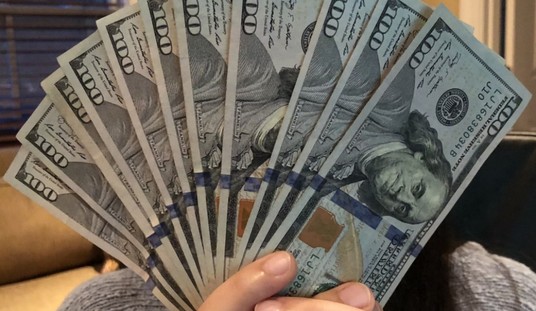
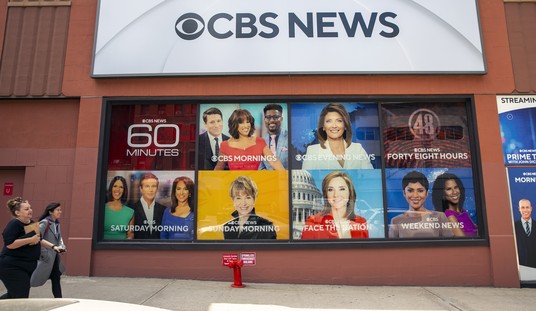


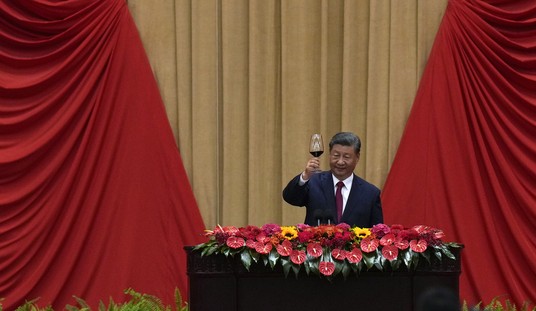
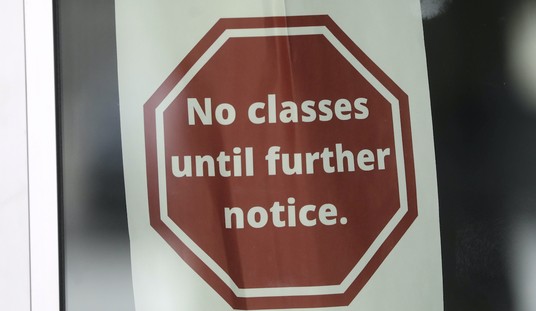


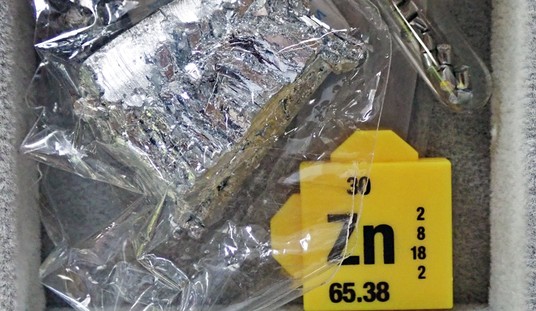


Join the conversation as a VIP Member